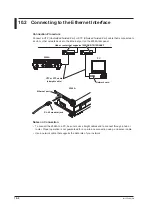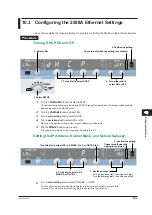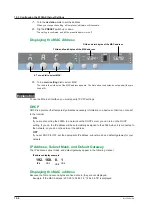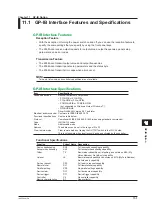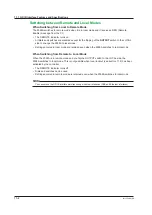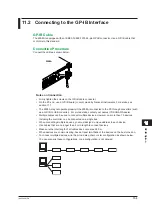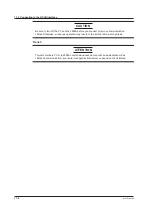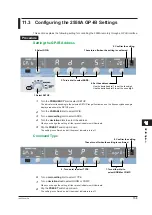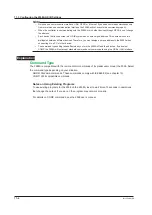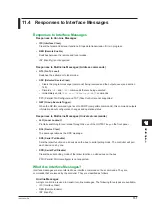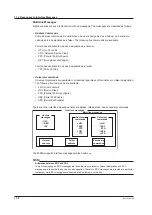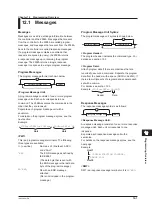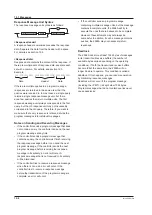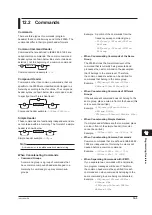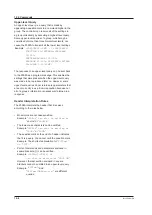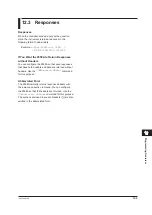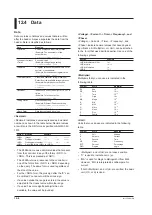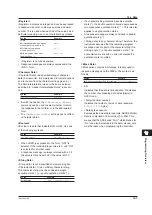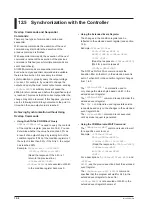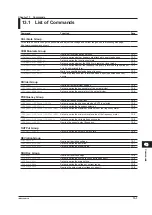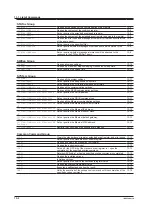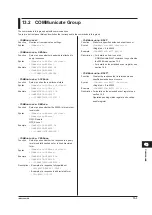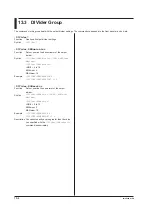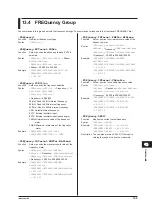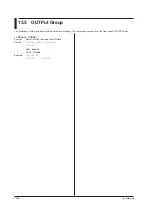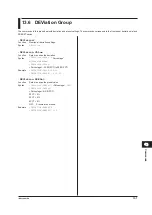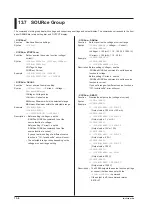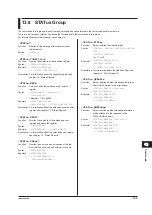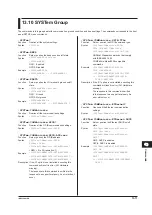
12-4
IM 2558A-01EN
12.2 Commands
Upper-level Query
An upper-level query is a query that is made by
appending a question mark to a command higher in the
group. The controller can receive all of the settings in
a group collectively by executing a highest-level query.
Some upper-level queries of a group, which may be
comprised of more than three hierarchical levels, can
cause the 2558A to transmit all the lower level settings.
Example
:FREQUENCY?<PMT> -> :FREQUENCY:
FUNCTION 60;INTERNAL:VARIABLE
50.000;
FMETER:MAXIMUM 100.000;
MINIMUM 60.000;:FREQUENCY:EXTERN
AL:PHASE 0.000<PMT>
The response to an upper-level query can be sent back
to the 2558A as a program message. This enables the
settings that were present when the upper-level query
was made to be reproduced later on. However, some
upper-level queries do not return setup parameters that
are not currently in use. Exercise caution because not
all of a group’s information is necessarily returned in a
response.
Header Interpretation Rules
The 2558A interprets the header that it receives
according to the rules below.
• Mnemonics are not case sensitive.
Example “
SOURce
”
can also be written as
“source” or “
SOURCE
.”
• The lower-case characters can be omitted.
Example “
SOURce
”
can also be written as
“
SOURc
” or “
SOUR
.”
• The question mark at the end of a header indicates
that it is a query. You cannot omit the question mark.
Example The shortest abbreviation for “
SYSTem?
”
is
“
SYST?
.”
• Parts of commands and parameters enclosed in
square brackets ([ ]) can be omitted.
Example
:OUTPut[:STATe] ON
can also be written as
“
OUTP ON
.”
However, the last section enclosed in square
brackets cannot be omitted in an upper-level query.
Example “
SYSTem?
” and
“
SYSTem:COMMunicate?
” are different
queries.

